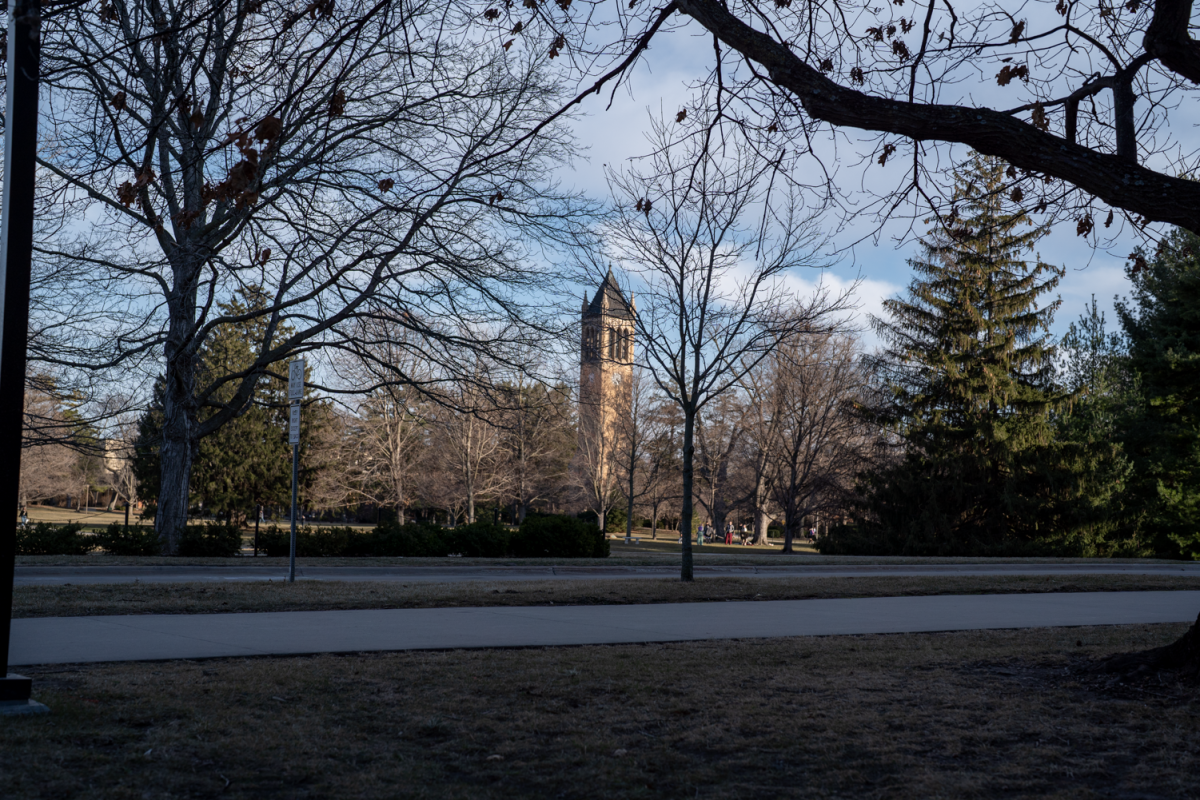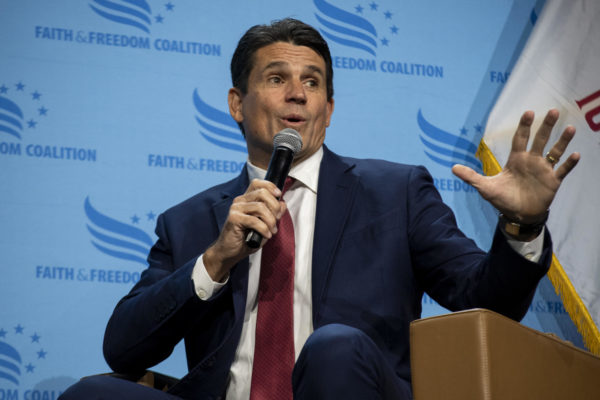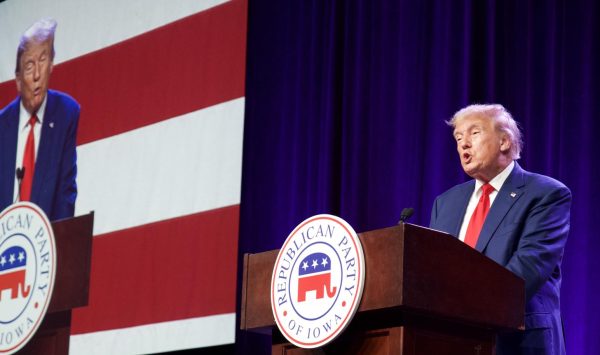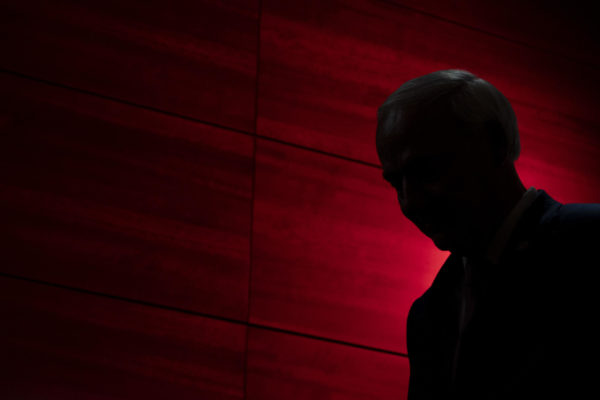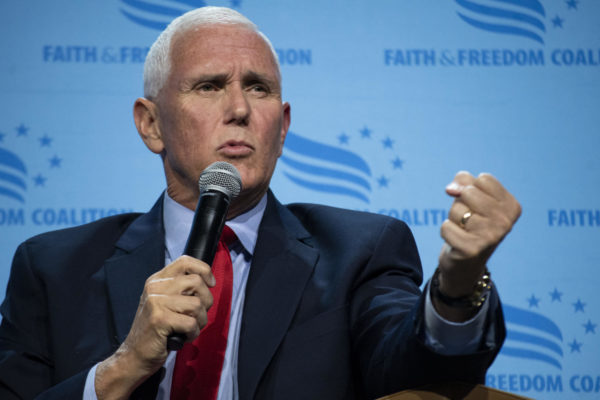Congress urged to move quickly, prevent student loan interest hike
March 14, 2012
WASHINGTON — Freshman Tyler Dowden from Northern Arizona University has high aspirations for a career as a psychologist, but worries about his future have brought him to Washington with a petition for Congress not to raise interest rates on his Stafford student loans.
“I don’t feel that I can be successful with this overwhelming debt strangling me. I can’t really breathe because whenever I look around, whenever I look at my future or try to make goals for my future, I really can’t. I have to take my massive debt into consideration,” Dowden said.
His father is a firefighter and his mother works in retail. He is one of six children, and saving for college has been out of reach for his family, he said.
Dowden isn’t alone. He is among nearly 8 million college students who could potentially have the interest rates on subsidized Stafford student loans nearly double from 3.4 percent to 6.8 percent if Congress doesn’t act by July 1.
Several dozen college students from across the country delivered more than 130,000 letters to the Capitol on Tuesday afternoon in boxes labeled: “Congress: Don’t Double Student Loan Debt Rates.”
They hope their voices will be heard in the halls of Congress and the boxes will land in the hands of Sen. Mitch McConnell, R-Ky., and Rep. Nancy Pelosi, D-Calif., as well as House Speaker John Boehner, R-Ohio.
Their petitions were first presented at a news conference held by Sen. Jack Reed, D, R.I., and Rep. Joe Courtney, D, Conn., who urged their colleagues to help lock in the more favorable rates through their new bill, the Student Loan Affordability Act.
“Students are graduating with huge amounts of debt right now, and to add on to that is to limit their ability to participate in the economy, take jobs that they really want… simply because they are overwhelmed with debt,” Reed said.
According to U.S. Public Interest Research Group, if Congress does nothing, the average subsidized Stafford loan borrower will have $2,800 in increased student loan debt over a 10-year repayment term. Borrowers who assume the maximum $23,000 in subsidized student loans will see their interest rates swell an additional $5,000 over a 10-year repayment period, and $11,000 over 20 years.
With little more than three months before the deadline, Courtney and Reed must expedite their efforts to convince a partisan Congress to prolong the more advantageous rates for college students, which were set in 2007.
“This is a question of competitiveness, everyone will tell you, regardless of party affiliation or regional location, that our ability to compete in a very competitive global economy rests fundamentally on our ability to educate young Americans,” said Reed at the news conference on the Capitol lawn.
While the Republican leadership has proclaimed their support for students seeking higher education, the means by which they seek to go about it differ widely.
“We all want to promote efforts that will reduce college costs, but the era of empty promises has to end,” said Rep. John Kline, R-Minn.
“The interest rate hike students face is the result of a ticking time bomb set by Democrats five years ago. Simply calling for more of the same is a disservice to students and taxpayers,” Kline, who is chairman of the House Education and Workforce Committee, said after a recent speech by President Obama on the cost of college.
Democrats estimate the cost to extend the lower interest rates is around $3 billion; Republicans say it is just less than $7 billion.
“The public, if you ask them should we subsidize oil companies or lock in interest rates at 3.4 percent, that’s an easy one. That’s where a strong majority of support is in this country, [is for students],” Courtney said.
However, many Republicans say the onus should fall on colleges and universities to lower tuition and the costs associated with attending.
Rising costs of living and many families still reeling from the effects of the recent recession have influenced choices over attending public or private institutions, and have placed a greater burden on students to make up the difference. For many, it still isn’t enough.
“Currently, I have $8,000 in subsidized Stafford loans and expect this to increase by another $15,000. Even though I am only a sophomore, I’m worried about the amount of debt I’ll have upon graduation and how this will affect my future,” said Samantha Durdock, a sophomore at the University of Maryland, College Park.
Assuming Reed and Courtney can gain bipartisan support, the next test will be moving it through Congress with a deadline that is fast approaching.
“In 2008, when the banks needed help meeting their obligations, this place moved in record time,” Courtney said. “The fact is, we’ve got 110 (days) to fix this problem, and with these petitions. We’ve got to get the focus of people, in terms of where middle-class families every single day are struggling in terms of making sure their kids have a chance to succeed in life.”



